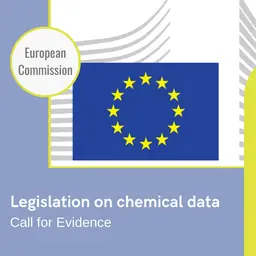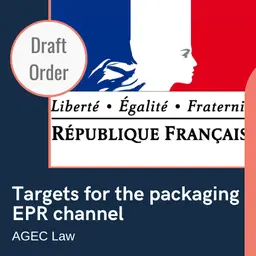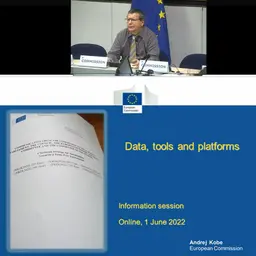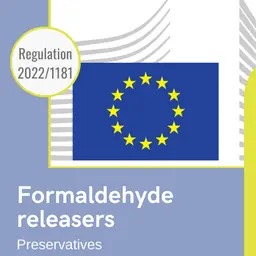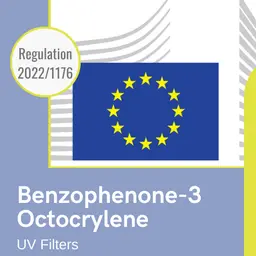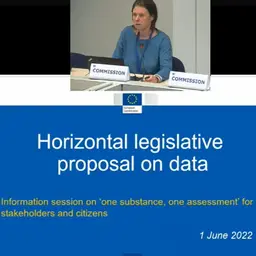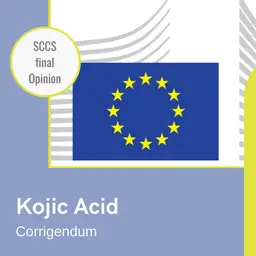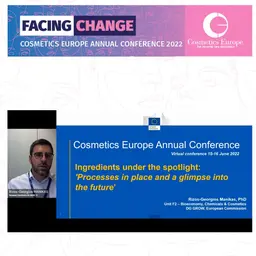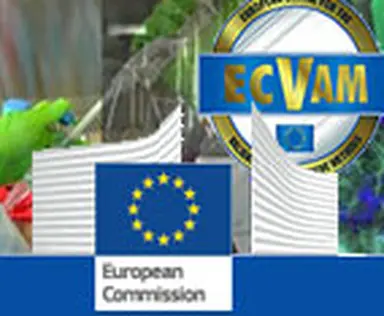
The identification of chemicals that have the potential to induce skin sensitization is currently based on the use of animal tests since there are no regulatory accepted alternative (non-animal) methods for this purpose. The European Union Reference Laboratory for Alternatives to Animal Testing (EURL ECVAM) has just released its strategy on how to achieve an animal-free solution for assessing chemicals for skin sensitization, satisfying regulatory needs without the use of animals.
Skin sensitization is the toxicological endpoint associated with chemicals that have the intrinsic ability to cause skin allergy in humans, resulting in a disease called Allergic Contact Dermatitis (ACD) which is caused by a number of complex interactions at molecular, cellular and tissue levels. The assessment of the skin sensitization potential represents an important component in the safety evaluation of substances, especially those used in consumer products - e.g. cosmetics and detergents.
The EURL ECVAM strategy went through extensive consultation with its advisory and stakeholder bodies and aims to satisfy regulatory requirements within various pieces of EU legislation. ECVAM, in collaboration with Cosmetics Europe, EPAA (the European Partnership for Alternative Approaches to Animal Testing) and international partners will focus its efforts on the development of one or more non-animal Integrated Testing Strategies (ITS) for identification and classification of skin sensitizers according to the Globally Harmonized System of Classification and Labelling for chemicals (GHS).
Successful implementation of this strategy in the coming years will satisfy, for example, information requirements under REACH and CLP (Classification Labelling and Packaging) and will also help address the safety assessment of cosmetic ingredients. This will result in a significant reduction in the use of animals for …




